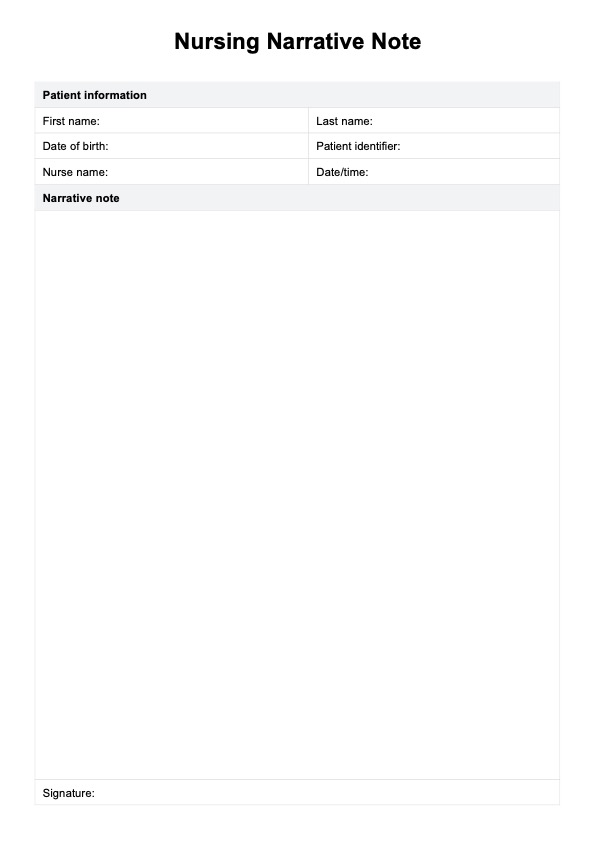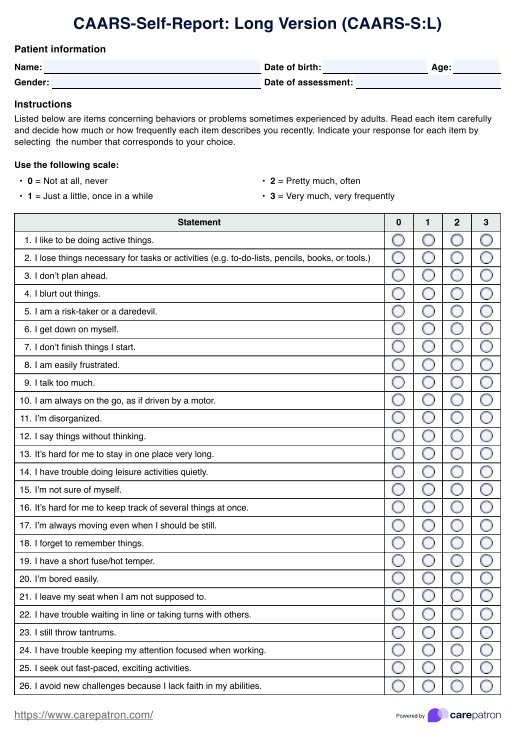Feelings Worksheet For Kids
Kids can struggle to cope with big feelings, but you can help them understand and problem-solve their emotions through alternative thoughts, phrases, and actions using our Feelings Worksheet for Kids.


What is a Feelings Worksheet for Kids?
Just like adults and teens, kids need to be equipped with the tools they need to understand their big feelings, problem-solve emotional situations, practice alternative coping strategies, help with emotional development, and improve emotional awareness. Some of your clients may struggle to verbalize their feelings or thoughts, and that's where our worksheet comes in handy.
Ours has been designed specifically for kids to identify their own feelings, reflect on their thoughts, words, and actions, and create a plan for next time.
This feelings worksheet, also known as an emotions worksheet, is a single, printable PDF tool to assist your clients in reaching their therapeutic goals independently or with as much assistance as needed.
Feelings Worksheet For Kids Template
Feelings Worksheet For Kids Example
How to use this Feelings Worksheet for Kids
This Feelings Worksheet for Kids is simple to use. Follow this step-by-step guide to help your clients manage their emotions and develop strategies to cope the next time they struggle with them.
Step 1. Download the worksheet
The first step is to get a copy of the PDF Feelings Worksheets for Kids. You can download it using the link on this page and print it out for your client.
Step 2. Provide the worksheet to your client
The next step is to provide it to your client.
It is important that you offer this worksheet to them when they have been experiencing a feeling that led to undesirable thoughts, feelings, and emotions. This is because the worksheet is designed to help them create alternative strategies for handling the difficult emotion, not for one already working well for your client!
Step 3. Help your client fill in the worksheet
Depending on the client, you may offer differing levels of assistance in completing the emotions worksheets. This could look like helping your client find a name for their feeling, asking leading questions about their thoughts and actions following the event, and suggesting alternative thoughts, phrases, or actions for next time.
Step 4. Safely store the worksheet
Once completed, the last step is to store it somewhere secure with the rest of their therapeutic record if they choose to return it to you.
Why is this template useful for therapists?
This form has a variety of useful features for children's healthcare workers, including:
Kid-friendly design features
Large font and illustrations make it more accessible for your pre-adolescent clients to engage with this resource, improving the chances of you and your client making solid steps towards their future development.
Face illustration feature
The blank face on the first page of the template is a great way for more artistically inclined kids to convey how they feel by drawing facial expressions instead of finding the words to explain emotions verbally.
Can be completed between sessions
For your older kids who can work independently between sessions, this worksheet is a great resource to work on by themselves to ensure they consistently address their emotions and negative thoughts, even between sessions. They can then bring the worksheet to their next session with you to discuss together.
Who can use this printable Feelings Worksheet For Kids (PDF)?
This template can help any practitioners who work with young children, whether that is in the form of one-on-one counseling sessions, as a behavioral therapist in schools, or as a child social worker. Whatever capacity you work in, this worksheet can help your younger clients to put words to their feelings and think about how they can develop new coping mechanisms and problem-solving skills.
Here are just a few of the professions that can benefit from incorporating this worksheet into their practice.
- Child Counsellor
- Applied Behavior Analysis (ABA) Therapist
- Behavioral Specialist
- Child Psychologist
- Child Social Worker
- Child ADHD Coach
- Speech Language Pathologist
- Pediatric Nurses and Pediatricians
And many others!
Benefits of Feelings Worksheet for Kids template
- Challenge negative thoughts: The worksheet can help your clients identify their immediate thoughts when they have big feelings, and challenge these thoughts with alternatives like positive self-talk.
- Develop coping strategies: Your client can talk about their response to the big feelings and brainstorm alternative actions they could take next time as coping mechanisms instead of acting out an immediate response.
- Create helpful phrases for next time: As part of this worksheet, to help them develop self-control, your client will be prompted to write down what they said at the time and some other things they could try to say next time.
- Practice reflective and future thinking: One of the main goals of any CBT work is to uncover how our thoughts and emotions impact our behaviors. Through this worksheet, your client will address their past and future thoughts that could benefit them in a similar situation.
- Encourage allowing adults to help in tough situations: Teaching your client to ask for help when needed is part of helping them develop coping mechanisms and problem-solving skills for the next time they encounter a big feeling like this.
Commonly asked questions
The age range of children this worksheet can benefit spreads from pre-school age to adolescents. All you need to know is the assistance you provide the child as they complete the worksheet. For kids aged 4-6, you may need to discuss each question and write down the answers for the child, whereas for older kids from 6-10 years old, they may be able to complete the worksheet independently and discuss with you as they go or once they have completed it.
This feelings worksheet is best used the same day the child has had a behavioral issue, emotional experience, or any big feeling that they would benefit from working through! Using it sooner rather than later will help ensure the child's memory of the event is fresh, and they can start working on alternative thoughts and behaviors right away while the ideas are still in their minds.
It's a good idea to have some examples in mind for things your client can say, do, or think next time they encounter a similar situation. Some examples of things your client can try next time are taking a deep breath, counting to 10, asking an adult for help, telling an adult how they feel, walking away, or finding a quiet place to calm down.


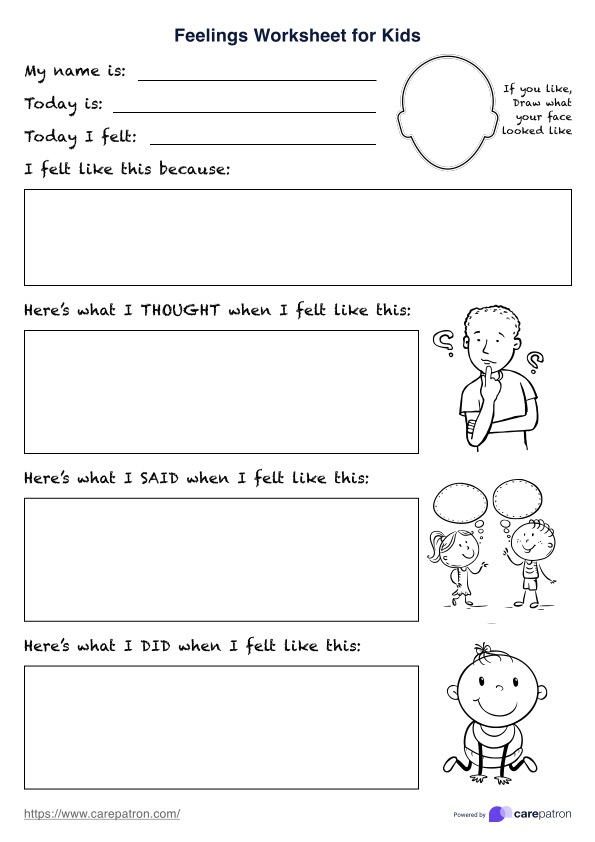
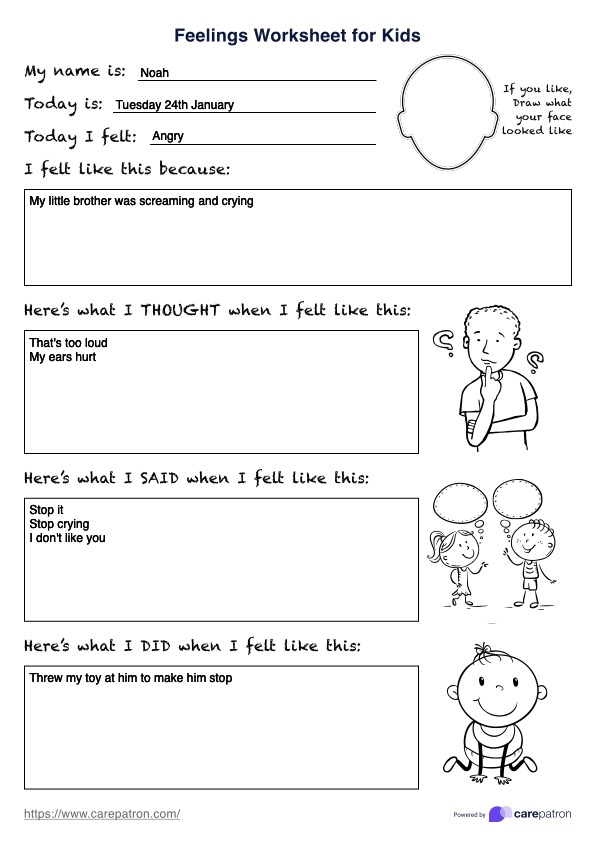

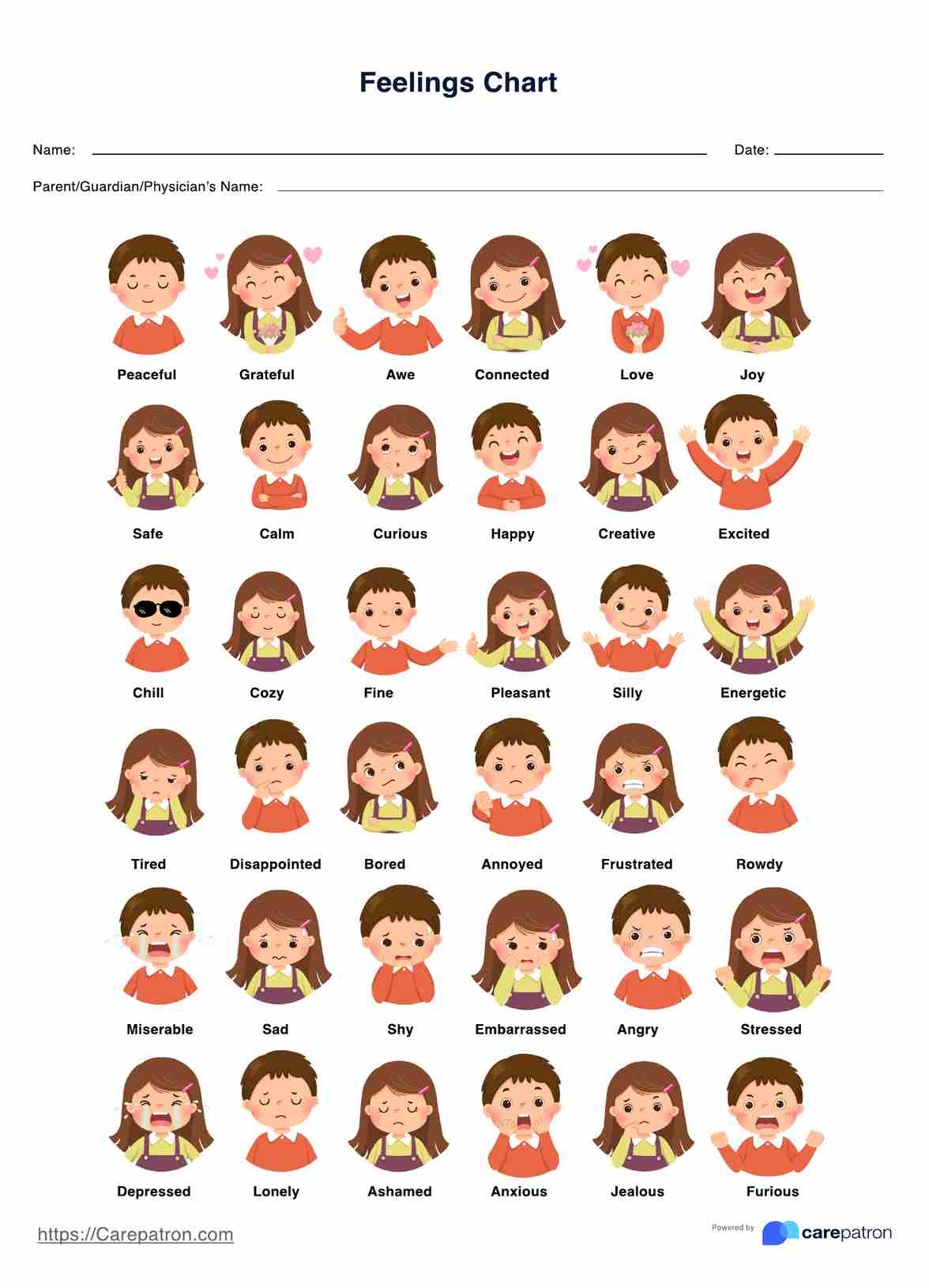


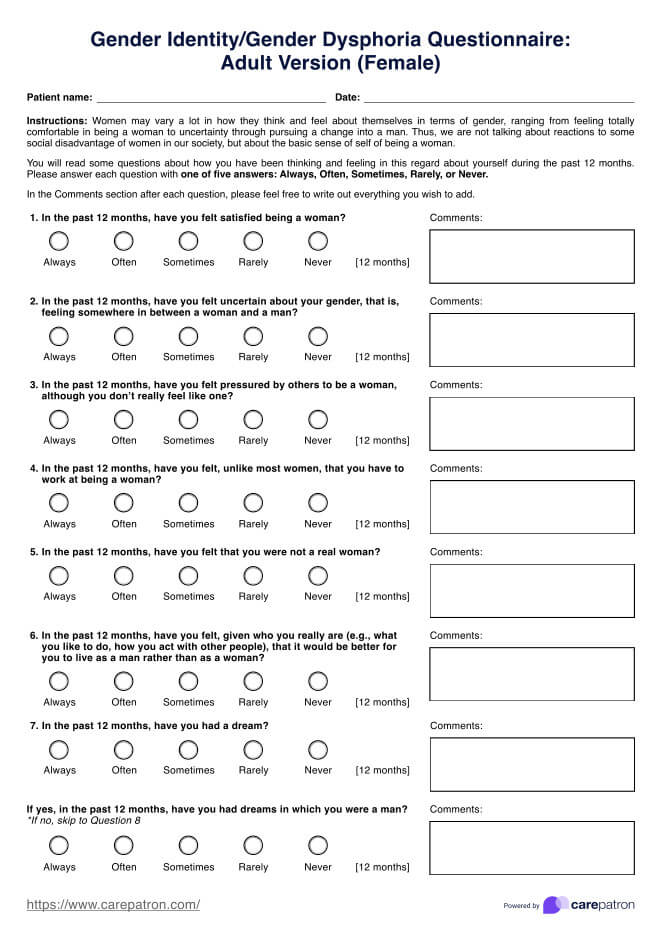









-template.jpg)
























































































